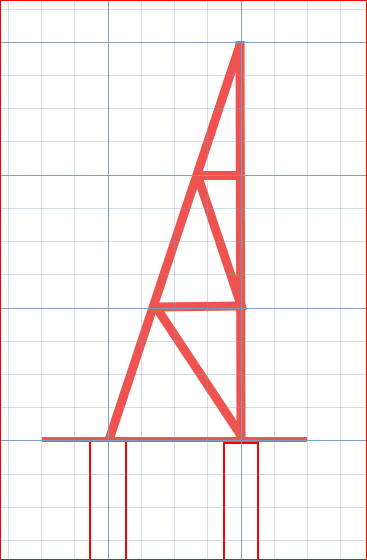AaronMcD :
PhamENG’s link looks like a good ref. on real Timber Framing, I think I’ve seen that before, but I don’t think that is what the OP’er. was talking about when he said “There is a system called "timber frames" under "cantilevered columns", but I can find no information anywhere as to what this means.”
In the case of a large horse arena, I think they are talking about long span 2x wood trusses, with pressed steel truss pls. (TPI), etc. The columns are fairly large, and maybe spaced a 6 or 8', so that pre-cut 2x purlins drop into jst. hangers on the trusses. There may be double (side by side, sistered) trusses fitted into a vert. col. notch, or there may be 2 trusses, each bearing on the 2 outer side plies of the column. If the truss has a heel depth of 2 or 3', a moment connection can start be made at the top of the col., maybe with shear pls. dapped into the col. and into the inside of the trusses, and then through bolts. Knee braces probably exist btwn. the col. and the first panel point on the trusses. Obviously, the truss design and the col. design and found. design must take this all into account. This starts to be a rigid frame, but may still not be enough for a large bldg. like this, and to meet today’s bldg. codes. There are several laminated wood outfits which make laminated 2x col. members of various sizes and lengths, with the bot. 6' or so preservative treated, for pole barn bldgs. Two being: Rigidply Rafters, Inc.,
and Gruen-Weld Classic, I think. This will end up being a classy, properly braced, engineered pole barn.

